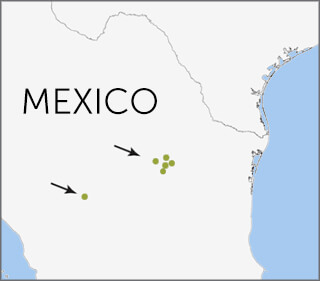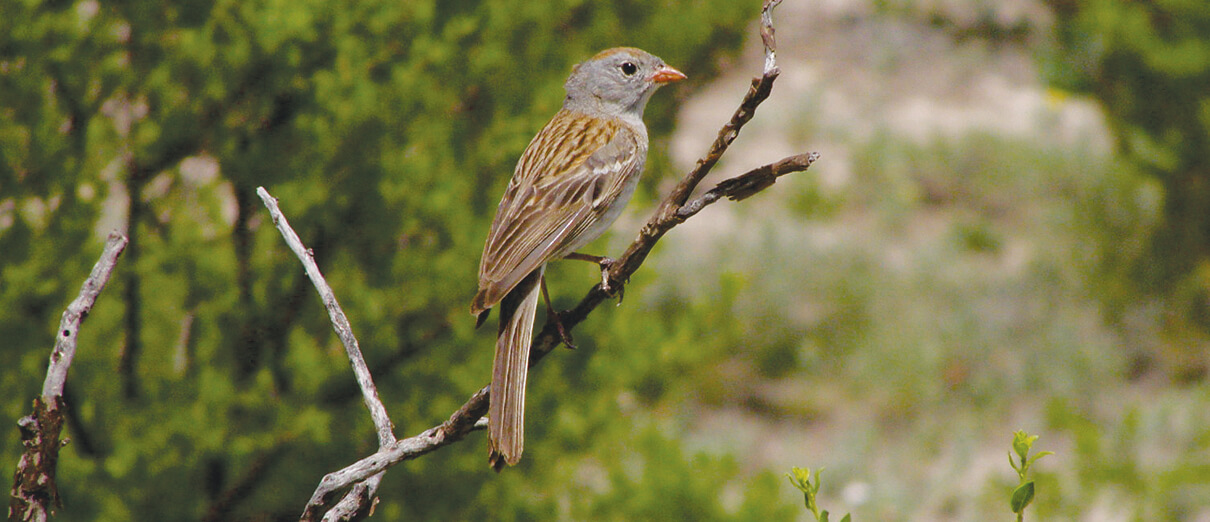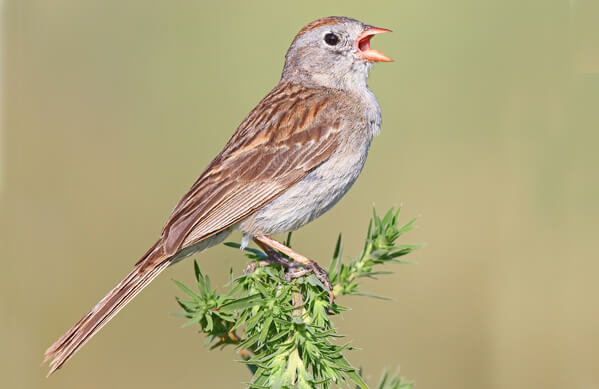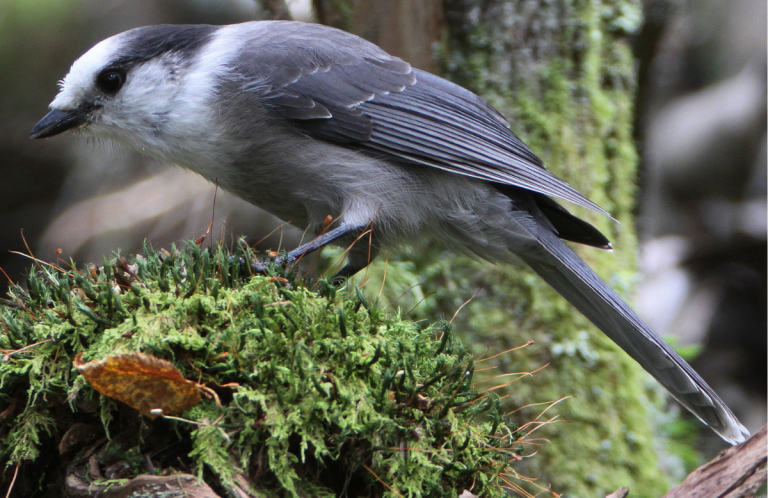
Map by Birds of the World, https://birdsoftheworld.org, maintained by the Cornell Lab of Ornithology
The Worthen's Sparrow is a small, slim, long-tailed bird with a rufous cap, pink bill, and white eye ring. Although it resembles the more numerous Field Sparrow of the United States, this rare species is restricted to certain arid open lands of Mexico's Chihuahuan Desert.
As with many other endangered species, the Worthen's Sparrow is being squeezed out of its range by unsustainable land use, a problem faced by other rare sparrows, including the “Oregon” Vesper Sparrow and the Endangered "Florida" Grasshopper Sparrow and “Cape Sable” Seaside Sparrow.
Rare Relatives
The Worthen's Sparrow isn't the only endemic Mexican sparrow species with a widespread "look-alike" in the U.S. and Canada. The Sierra Madre Sparrow, found only in subalpine bunchgrass meadows of south-central Mexico, resembles the more numerous Song Sparrow, which is widely distributed throughout the United States, Canada, and Mexico.

Worthen's Sparrow by Ricardo Canales
Staying Local, and Low
The Worthen's Sparrow has been recorded in eight Mexican states, and currently ranges from Coahuila and Nuevo León, south to Zacatecas and San Luis Potosí. The type specimen was collected from Silver City, New Mexico, in 1884, but the species has not been recorded in the U.S. since then.
This sparrow favors arid upland grasslands with scattered shrubs, and, surprisingly, fallow potato fields, which provide the combination of open field and low shrubbery the birds require.
Although considered a nonmigratory species, the Worthen's Sparrow is somewhat nomadic. After nesting season, this species forms small groups in search of water and other resources; it often joins mixed flocks with other resident and migratory birds such as Vesper, Brewer's, Clay-colored, and Black-throated Sparrows, and Western Bluebirds.
Although it resembles a Field Sparrow, the Worthen's has a very different song, a dry, chipping trill that resembles yet another common sparrow species, the Chipping Sparrow.
Listen Here:
(Audio: Andrew Spencer, XC324260. Accessible at https://www.xeno-canto.org/324260)
Rainfall Nomad
The Worthen's Sparrow depends on sufficient rainfall to breed successfully, and likely times nesting to coincide with the verdant flush following rains. Its nest is a cup woven with dry grasses, lined with finer material, built low in a shrub or on the ground. Here, the female lays her clutch of two to five eggs. Unfortunately, nests and young are often predated by snakes and Coyotes or sometimes disturbed by livestock.
Like many other species including White-throated and Sagebrush Sparrows, the Worthen's Sparrow forages on the ground and low in shrubs. It sometimes hawks insects from a perch. This bird's diet is probably mostly seeds in the winter, supplemented with insects and spiders during its nesting season.
Shrub Hubs
Major threats to this sparrow include habitat loss caused by active potato farming and overgrazing by livestock, as well as global climate change, which is altering annual rainfall patterns.
ABC has partnered with the Mexican conservation organization Pronatura Noreste since 2007, working on conservation of the Worthen's Sparrow's habitat in the El Tokio (Saltillo) grasslands of the Chihuahuan Desert. Both groups have been assisted by the Biological Sciences College at the Autonomous University of Nuevo León, one of the leading institutions conducting research on the species.
Pronatura Noreste has protected or improved management on more than 140,000 acres of grassland habitat that protect key breeding sites for the Worthen's Sparrow and wintering habitat for many WatchList species, including the Long-billed Curlew, Mountain Plover, and Chestnut-collared Longspur.
Donate to support ABC's conservation mission!



















































